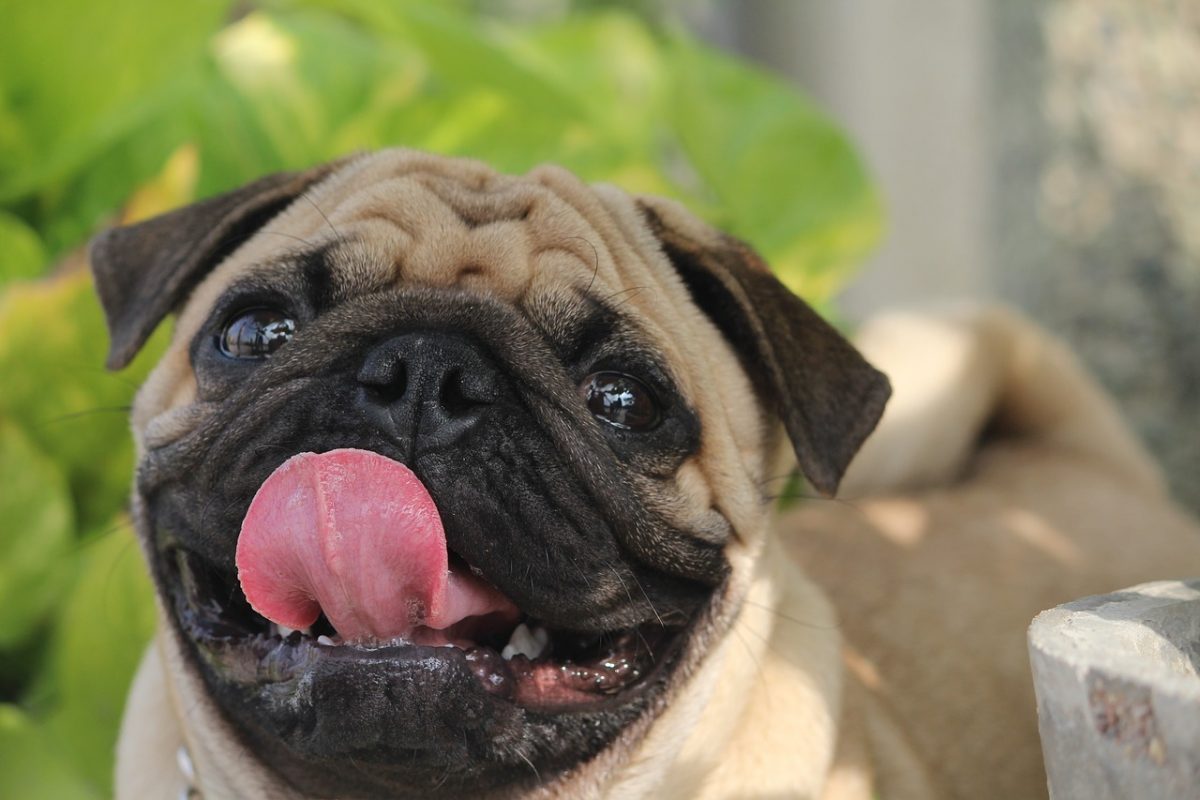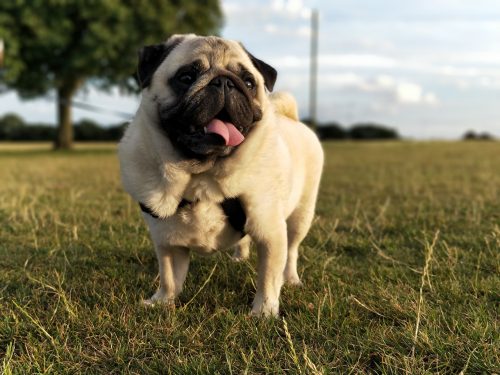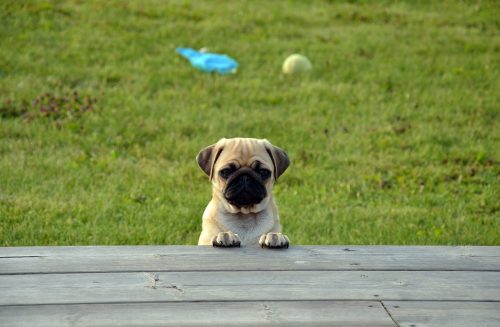If you’re looking for a new furry addition to your family, a Pug may be the right fit for you. Pugs have very distinct physical traits that may prompt you to take one home to your family, but before bringing a Pug home, it is important to consider their personality and temperament.
Pugs may be well known for their wrinkled faces, stubby legs, and compact frame, but the personality and temperament characteristic of Pugs is vital to understand before choosing one to bring home.
History of Pugs
Pugs originated in China in 200-206 AD. During this initial time in their history, Pugs were only allowed to be owned by members of the Chinese imperial household and Tibetan monasteries. Pugs possess a lineage steeped in respect and adoration.
They were first brought to Europe around 1500 and quickly became a favorite of the wealthy. Pugs are considered one of the oldest canine breeds in existence today. In recent years, they have grown in popularity and now are a well-known and recognized dog breed around the world.
Pug Characteristics
Pugs are small in stature and are part of the toy breed. They weigh on average between 14-18 pounds and measure at approximately 10-14 inches at the shoulder.
Despite their petite stature, pugs are full of personality. They are most well known for their short snout, curly tail, large head, and protruding eyes.
Unlike many dog breeds, Pugs were not bred to perform a task. They are not hunters, guard dogs, or retrievers; instead, they are companion dogs.
Pug owners will often refer to them as their “shadow” because of the way their Pug will follow them around.
Pug Temperament
When some think of a Pug’s temperament, stubbornness may come to mind. Pugs can have a stubborn streak, but though they may be stubborn, they are not aggressive and are eager to please. They can be trained with dedication, patience, and the use of treats as motivation.
Pugs are a suitable dog for families with children because of their small stature and love of attention. They crave their owner’s attention and live to please. Because of these qualities, Pugs thrive in homes where they will receive copious amounts of love and attention with very little time alone. Pugs are often an easy-going dog that prioritize pleasing their owners above all else.
Pug Behavior
Pugs are a calm dog breed that enjoys spending their days napping. Their low energy level means it is easy to keep a Pug in good physical health with just a small walk or quick playtime.
Pug behavior is often seen as silly because they are often quite lazy until they get a quick burst of energy, which is then often followed by a nap. Since they are food motivated, Pugs often develop the frowned upon behavior of begging for food.
However, with some training and dedication, this habit can be trained away. Pugs are typically a vocal dog breed, which includes barking, yapping, grunting, snorting, or other noises. This may be seen as an undesirable quality depending upon the owner and their lifestyle.
Some of these noises are due to the physical structure of a Pug’s snout. Because Pugs snouts are very short, they often wheeze after excessive exercise. If these vocal qualities are unwanted, training can also be used to correct these behaviors.
Pug Personality Traits
Pugs are intelligent and playful, but also extremely affectionate. Because they are intelligent, they can be mischievous, especially when left alone for extended periods of time.
Pugs are a friendly breed, which makes them behave well around other pets and small children.
Pugs love to be part of their owner’s life, which would include sleeping in their bed and laying in their laps.
There are many qualities that comprise the unique composition of a Pug personality, but chief among them is their love of sleep.
Pugs are wonderful family dogs that love their family unconditionally and will want to spend their entire life by the side of their owners. If you decide a Pug is the right breed for you, it is likely you will be soon sharing your bed with your new family member.
It’s also important to remember that though they are intelligent, they can be stubborn and require patience and dedication when training.






